
More Helpful Content
Before the advent of contemporary technology, both large and small firms struggled to have a firm grasp on the procurement process. Without the correct tools, procurement can be an unduly difficult process rife with mistakes and a significant drain on your purchasing department’s resources and time.
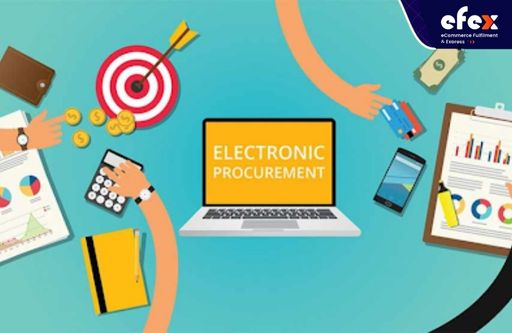
However, the internationalization of corporate operations has expanded the procurement function’s reach beyond the simple purchase of products and services. Gaining a comprehensive grasp of business needs, selecting reliable and cost-effective suppliers and distribution channels, managing supplier relations, and many other business-critical responsibilities are now part of the procurement process.
In business, the procurement function is increasingly integrated into the broader corporate plan. This article will explain issues such as what the procurement process is, the efficiency of the procurement process flow, and its benefits to businesses.
The procurement process, known as the procurement process flow or procurement management process, is a sequence of processes that a company determines and takes to source and receive products or services. For some firms, procurement just refers to the purchase process, but for others, procurement refers to all of the procedures leading up to the acquisition.
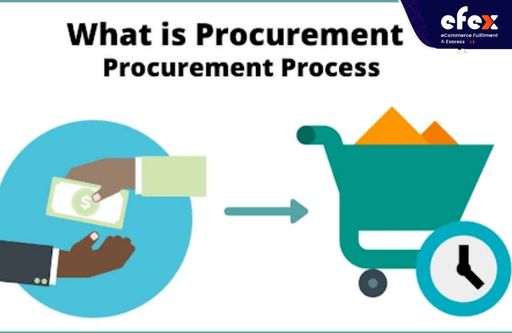
The two key participants in the procurement process are the buyer and the seller. Because procurement has a direct influence on corporation expenditures, it is critical to simplify the process. The procurement function not only helps the company save money, but also helps to enhance supplier performance, sourcing cycle time, compliance and risk management, and contract utilization.
👉 Read More: Seasonality Index: Formula And Calculation
A systematic approach to acquiring products and services may assist any business organization. The procurement process is the method through which your buying department manages this work at its most basic. A successful procurement process flow must include the following elements in order to be effective:
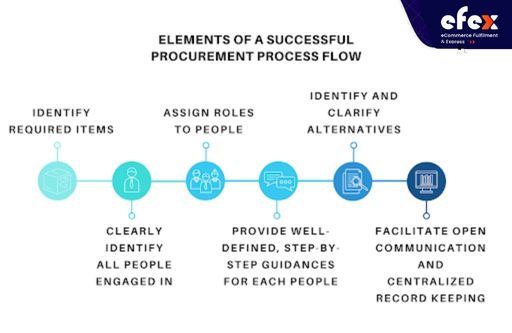
Despite its distinctiveness, each procurement management process is made up of three Ps’, which are people, process, and paperwork.
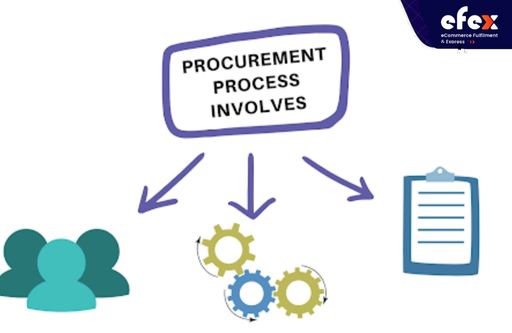
The people in this circumstance refer to the stakeholders and their roles in the procurement cycle. They are in charge of starting or authorizing each stage of the procedure. This may sound apparent, but while designing your procurement process, keep in mind the hectic schedules and intricacies of the people involved.
For instance, if your CFO is one of the main decision-makers and will be in New York in the next week, you will need to factor it into your procurement cycle. You should also keep in mind that the cost and risk of the acquisition will affect the number of persons participating. The number of stakeholders participating is straightforwardly relative to the purchase’s risk and cost.
If you want to buy a $500,000 luxurious leather armchair, you will need more consent than if you want to buy a cheap chair. Decision-makers may include the following individuals:
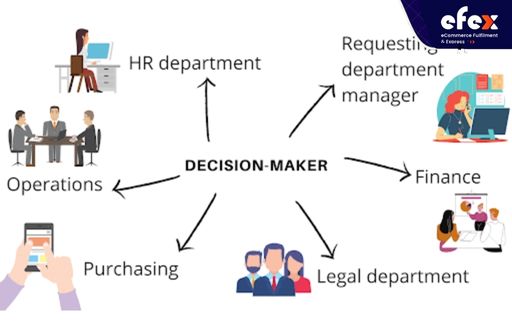
The second P which is process refers to that the regulation must be followed while examining, ordering, acquiring, and paying for products or services. If not, merchandisers may be paid late, orders may be disrupted, and your bottom line may suffer as a result. Correctly following the procedure is critical to procurement health. Besides, the number of checkpoints or steps increases as the purchase becomes more complicated.
The third P is a bit misleading since the physical paper is rarely used these days. It relates to the documentation and paperwork generated at each procurement process flow stage, which is gathered and preserved for future reference and auditing.
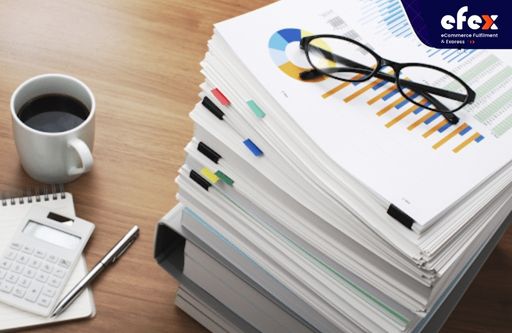
The procurement process flow describes the stages that must be taken during the procurement process or procurement cycle. It visualizes each process, which increases transparency in the business. This will allow the business’s financial situation to improve.
Designing a procurement process flow is a sometimes ignored aspect of procurement management. Planning your procurement system may assist your organization to discover critical aspects that may necessitate automation or change and, eventually, enhance performance to maximize profitability and boost productivity to remain competitive on price.
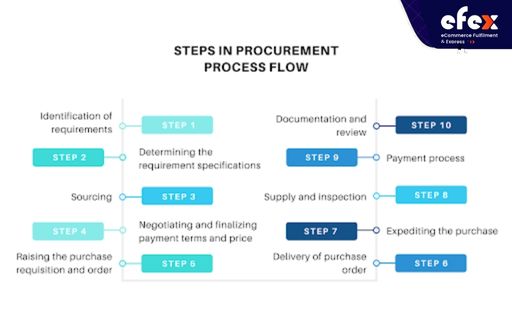
If the preceding stages are causing you concern, do not worry since we have had a solution already, which is visualizing. Visuals help people understand the procurement cycle. You may alter the procedure in real-time in the visual workspace for increased efficiency. However, it goes much beyond just modifying the method.
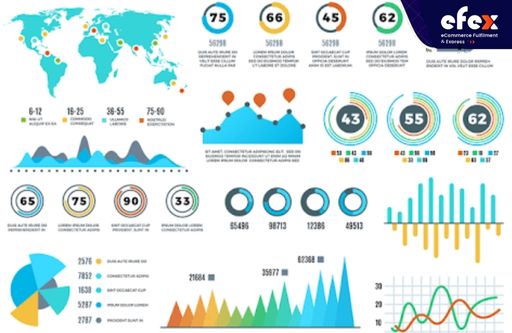
There are things you can also do:
If your company still uses paperwork and spreadsheets, it is time to upgrade to a technological solution. Procurement software will assist in automating the whole process, enabling your business to execute purchases fast and gain access to savings while completed in accordance with the buy request. Several human mistakes that frequently wreak havoc on the procurement process are eliminated by software. It also simply figuring out what was wrong so you do not make the same mistake again.
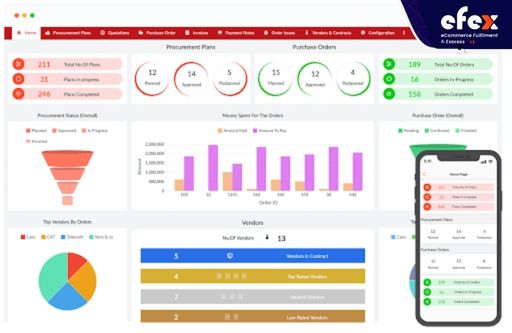
Procurement can be a disaster of ballooning expenses and astounding inefficiencies if you do it poorly. However, you will have a formula for a simplified process that results in cheaper costs, happier internal stakeholders, and better supplier relationships when using a process visualization.
Despite the fact that each firm has its own strategy and set of best practices, all successful procurement processes take the same fundamental sequence, which may be illustrated by utilizing a procurement process flowchart:
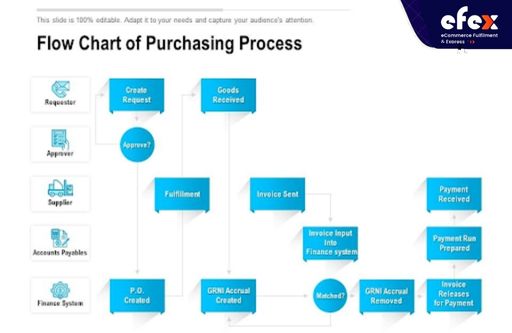
👉 Read More: Kitting Service: Definition and Benefits
In the present day, the globally linked corporate environment has made paperwork become obsolete. Creating a fair, cooperative procurement process and automating your company purchases may assist you in developing a simple flowchart into a flowing of productivity and profit.
All data is collected, classified, and stored in a separate, centralized system, allowing relevant parties to make informed decisions quickly. Just evaluate the genuine worth of automating your business’s procurement process with the following benefits:
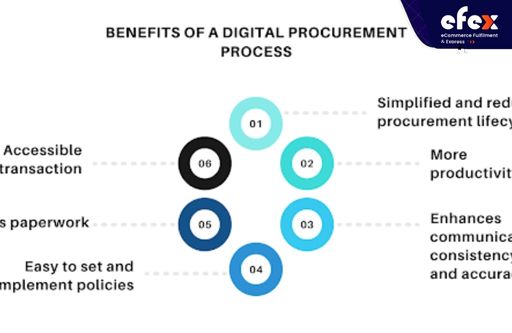
Procurement is increasingly a strategic activity with broad business implications. A well-designed and efficient set of digital procurement process flow is an essential corporate requirement. It saves businesses money, assures compliance, deals with trustworthy suppliers, and avoids delays and errors. Hope you have a good time with Efex.


